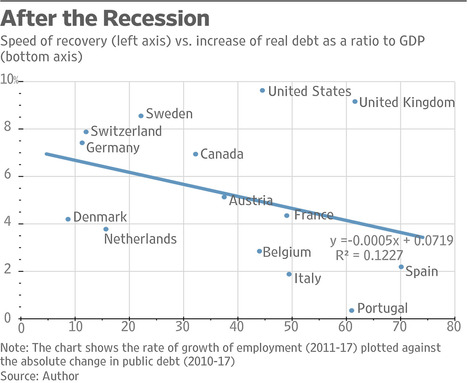(p. C4) How did corporations come to possess some of the most fundamental rights of individuals? They never marched on Washington. Instead, they have fought to win their rights in the Supreme Court–and in the process have been unexpected innovators in constitutional law.
The first Supreme Court case on the rights of business corporations was decided in 1809–nearly a half-century before the first case on the rights of African-Americans. Far from an oppressed minority, the Bank of the United States, which brought the case, was among the richest and most powerful corporations in the new nation.
After opponents in Georgia imposed a tax on the Savannah branch, the bank claimed a constitutional right to challenge the tax in federal court. Article III of the Constitution, however, guaranteed the right to sue in federal court only to “citizens.” In one of the neglected landmarks of American law, the legendary chief justice John Marshall held that the Constitution must be read expansively to include corporations.
For the full essay, see:
Adam Winkler. “What Rights Should Corporations Have?; The business world’s ‘artificial persons’ have long fought to win the same constitutional protections as citizens.” The Wall Street Journal (Saturday, March 3, 2018): C4.
(Note: the online version of the essay has the date March 1, 2018.)
The essay is based on the author’s book:
Winkler, Adam. We the Corporations: How American Businesses Won Their Civil Rights. New York: Liveright Publishing Corp., 2018.

